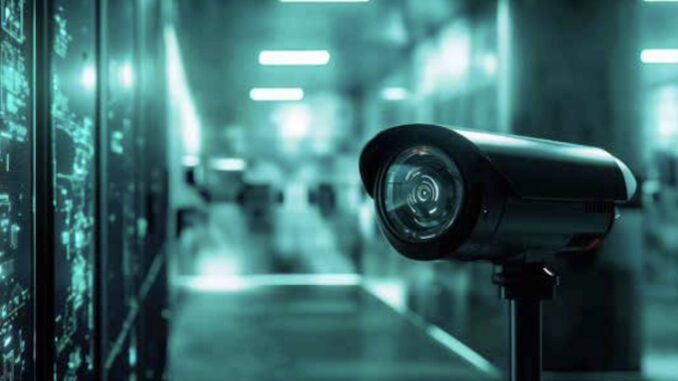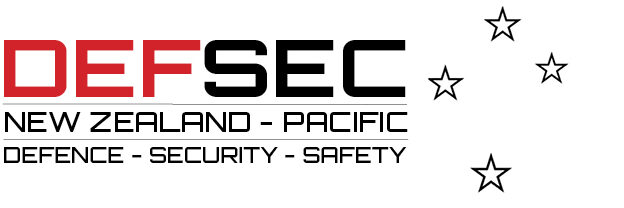
Avigilon lays out its list of the top seven security technology trends for 2025 driven by cloud adoption, AI growth, normalisation of hybrid working, and the continued shift to zero-trust network access.
1. Cloud-based surveillance solutions
As one of the leading security trends of 2025, Avigilon says that cloud computing is facilitating streamlined multi-site security management, integrated security technology solutions and fully remote security operations.
Though the cloud, organisations can access, manage and control their security operations from anywhere and at any time. Security teams can monitor on-site activities remotely via video cameras, such as IP dome cameras, and in the field via browsers or mobile devices.
Security technology solutions managed through the cloud, such as cloud-based video security systems, also extends to maintenance and system availability tasks.
Although cloud security has equipped organisations to accommodate flexible and hybrid work models, it also comes with risks. With increasingly heavy reliance on cloud storage for security technologies and devices, organisations must strengthen their security measures to protect against data loss and hacking threats.
Read it in the magazine…
2. Embracing AI and machine learning
Recent years have seen unprecedented leaps in the accuracy and reliability of video cameras equipped with AI analytics, which has led to a considerable reduction in operator reliance on continuously monitoring live video feeds.
AI camera systems can accurately detect and identify people, classify vehicles and objects, pinpoint their locations and enable faster forensic searches. AI video analytics solutions can also provide key insights for business operations that can help drive revenue and reduce inefficiencies through heat maps, people/vehicle counting and interrogating activity logs.
AI video analytics tools used by organisations to enhance video surveillance operations include Automatic License Plate Recognition (ALPR), object tracking, person identification, firearms detection, and unattended item detection, among others.
Camera networks are playgrounds for malicious hackers, and steps must be taken to protect the infrastructure, including encryption, installing the latest software updates and following cybersecurity best practices.
Businesses should not become over-dependent on AI and machine learning to manage their security operations. Human input is still critical to safeguarding assets and people, so security teams must find a way to use AI security technology solutions without removing the valuable involvement of a trained human operator.
3. Unifying security systems
The security systems integration that most organisations are aware of is the integration of access control with video surveillance to synchronise footage with access activities at access points so that operators can verify events.
However, more integrations exist that can further improve security operations. Integrating radio with video security and access control, for example, can result in more efficient operations, higher productivity and faster response times to developing threats and incidents.
By removing systems siloes and bringing them together on a single platform, security teams can simplify management and automate workflows. Instead of installing an access reader, a security camera and an intercom device at the front door, for example, all-in-one video door intercom systems can combine all these functions into a single device.
4. Future-proofing through scalable solutions
Future-proofing on-premise and cloud-based security technologies is crucial to ensuring security investments continue to pay off during their operational lives. Security solutions can scale up with the growth of an organisation and allow security teams to easily adjust their systems without breaking the bank.
Future-proofing your security systems also ensures they are protected against potential cyber-attacks and data breaches. As new threats and attack methods develop, security systems must be constantly updated to ensure the latest software and protection features offered by emerging security technologies are available to help combat potential threats.
5. Privacy and data protection
With governments imposing restrictions on some foreign security cameras and equipment due to national security concerns, organisations are prioritising procuring video surveillance solutions that meet compliance and privacy requirements.
It’s never been more important to be aware of security’s legal and ethical consequences. From the placement of a camera to the management of data and facial recognition, regulations worldwide are becoming more stringent. Businesses should account for this when procuring any new security technology solutions or upgrading existing legacy systems.
There are a cohort of surveillance providers that comply with government regulations, such as NDAA compliance and GDPR, and offer security systems built on trusted and certified platforms, such as those with the SOC 2 Type II certification.
6. User behaviour analytics
Using machine learning algorithms, user and entity behaviour analytics (UEBA) can detect any unusual behaviour from users, applications and networks, and alert teams to potential dangers in real time.
By understanding how users interact with systems, organisations can quickly identify and remediate any threats before they cause damage. An advancement from UBA systems that only analysed user behaviour, UEBA systems offer more complex reporting and greater capacity to spot anomalous behaviour based on additional data and improved pattern recognition.
7. AI video analytics
While cameras with AI video analytics are already being used in various applications, new advancements are making AI more valuable for businesses that previously felt they didn’t need it.
The latest AI security technology for various camera types can accurately recognise abnormal behaviour and differentiate between people, vehicles and objects, generating location and movement data, as well as sending automatic alerts to keep teams more informed.
AI security technologies are also being used in smart sensors to help property owners identify vaping incidents in schools, broken glass and gunshots, with sound detection analytics helping determine incident location. The real benefit of this comes from integrating AI-powered devices and systems for centralised management of the entire building or enterprise within a single video management software platform.
Because these future-forward devices leverage incredible amounts of data to analyse complex and changing elements of their environments, the longer they are active, the more accurately they can identify potential security threats.
This is an abridged version of Avigilon blog article Security technology guide: new industry trends for 2025.





